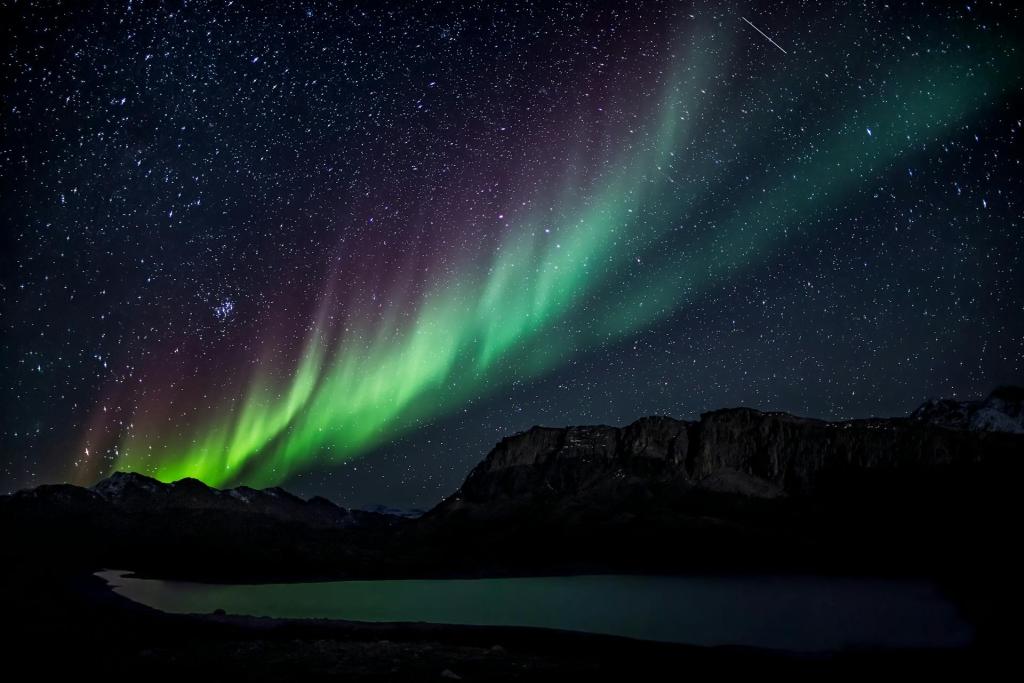
There’s something magical about the night sky. Valerie Stimeck, the author of the book Dark Skies, refers to the stars as “one of the few unifying features of human history.”
Unfortunately, modern skies, shrouded in city lights, don’t allow for proper stargazing. It’s reported that 83% of the world’s population cannot see the stars at night, whereas over 90% of the European and United States populations live with significant light pollution. Given the pervasiveness of artificial lights, you’re probably missing out on more stars than you realize.
If your lake house is in a rural area, you might be part of the lucky few. On the next clear night, venture to your boat dock and see if you can spot these five sky phenomena from your lake house.
Constellations
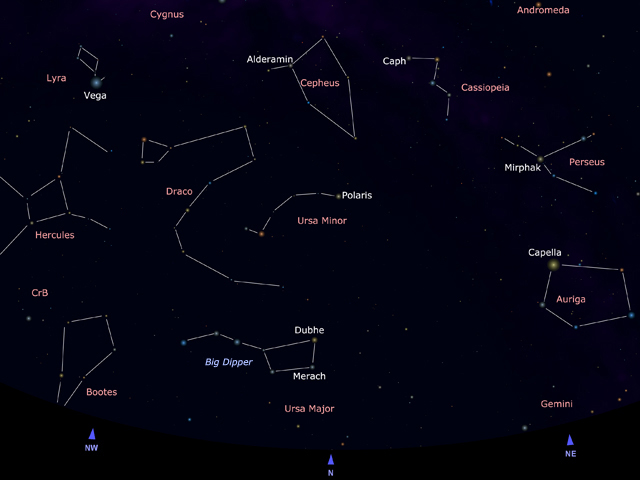
Constellations are perhaps the most famous sky phenomenon — and they have been for a long time. Of the 88 constellations recognized by astronomers today, 48 of them date back to the Ancient Greek and Babylonian times. Each night since the dawn of time, these patterns of stars have returned to their places, and their predictability is part of why stargazers love them.
The prominence of constellations differs based on seasonality. During the summer, the Big Dipper is easiest to spot in the Northern Hemisphere. As fall approaches, be on the lookout for Pegasus and Andromeda. Need help finding constellations in the night sky? An app can help with that. With Sky Guide, point your phone to the sky above, and it will outline constellations for you.
Planets
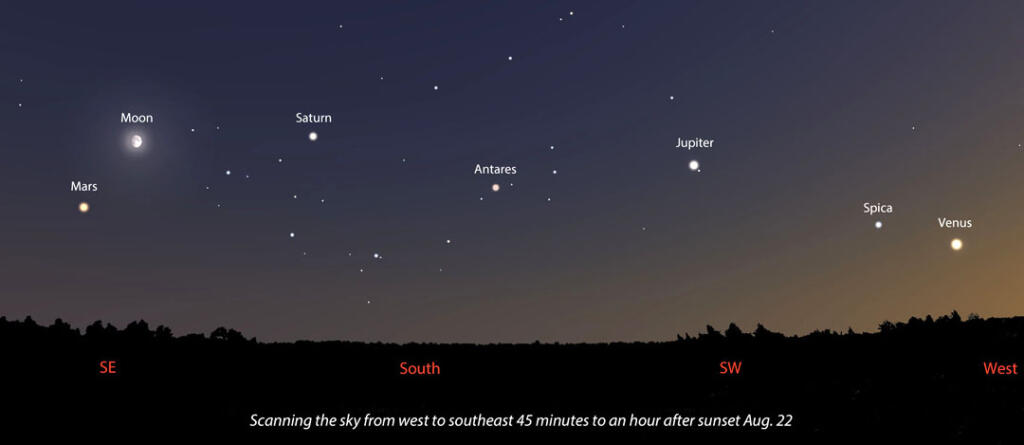
Constellations are perhaps the most famous sky phenomenon — and they have been for a long time. Of the 88 constellations recognized by astronomers today, 48 of them date back to the Ancient Greek and Babylonian times. Each night since the dawn of time, these patterns of stars have returned to their places, and their predictability is part of why stargazers love them.
However, their prominence differs based on seasonality. During the summer, the Big Dipper is easiest to spot in the Northern Hemisphere. As fall approaches, be on the lookout for Pegasus and Andromeda. Need help finding constellations in the night sky? An app can help with that. With Sky Guide, simply point your phone to the sky above, and it will outline constellations for you.
Milky Way
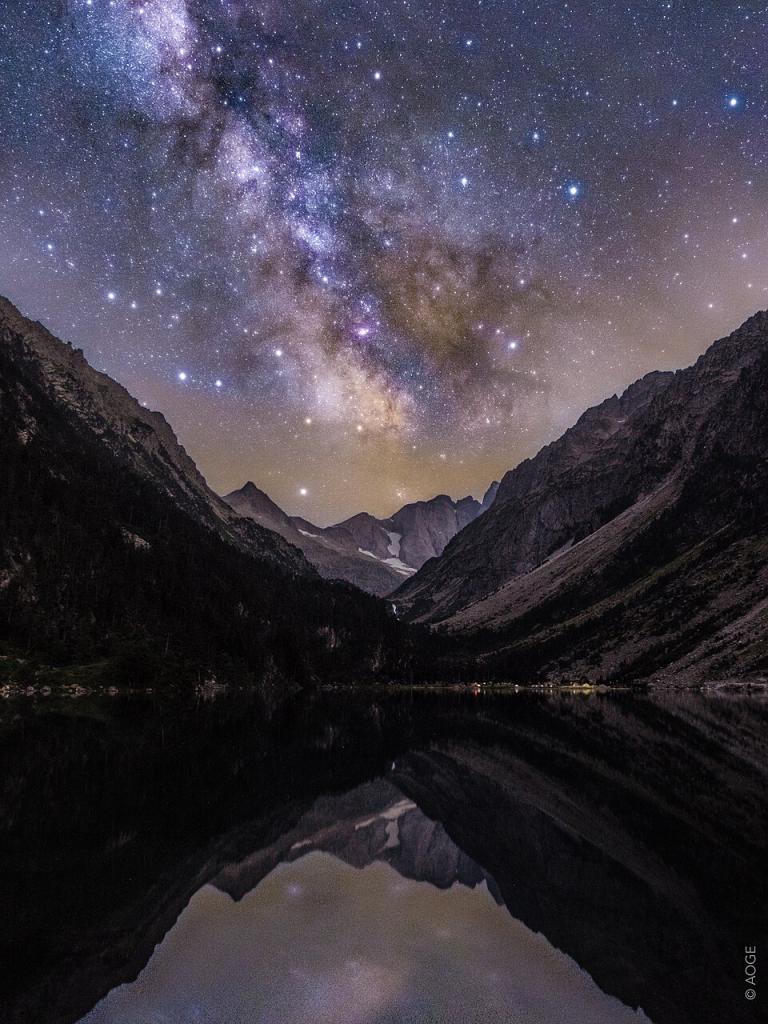
At one point in time, the Milky Way was always visible on every moonless night. However, due to light pollution, its appearance isn’t as consistent. It’s brightest in the southern hemisphere of the modern sky, but you can still view this sky phenomenon from your lake house. You’ll see dust lanes, nebulae, and star clusters within the constellation Sagittarius, making up the brightest part of the galaxy. Between June and August, our galaxy appears most brilliant, while December through February is when it’s invisible and too close to the sun. Right now, it’s a perfect time of year to look for the Milky Way on a clear night!
Comets
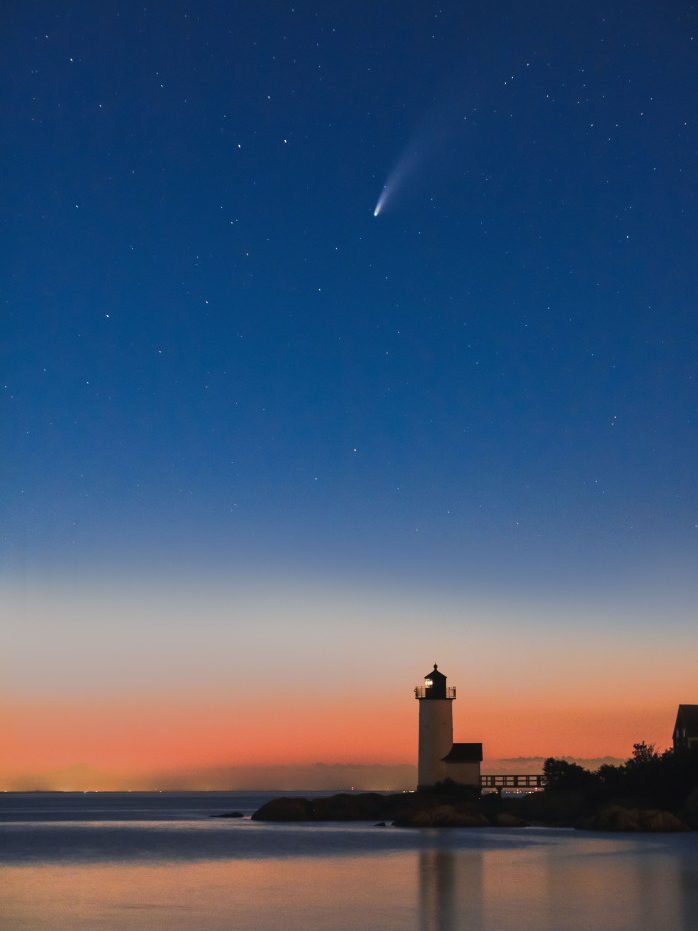
According to NASA, comets are “cosmic snowballs of frozen gases.” As they travel close to the sun, they spew gas and dust, forming a tail that stretches millions of miles. On rare occasions, you may be lucky enough to spot a comet at your lake house. Typically, they appear just around sunrise or sunset.
Although comets are rare to witness, some reliably appear in the night sky. You may have recently heard of Comet Neowise, which came closest to the Earth in late July 2020. Famously, Halley’s Comet reappears every 75 years, so it’s possible to see it twice in one average lifetime. Mark Twain was born in a year when Halley’s Comet was visible, and he died the year it was visible again. Other well-known comets include Comet Hale-Bopp and Comet Encke. Regardless of which comet you’ve set out to see, owning a lake home in a less light-polluted area increases your chances of witnessing this sky phenomenon.
Northern Lights
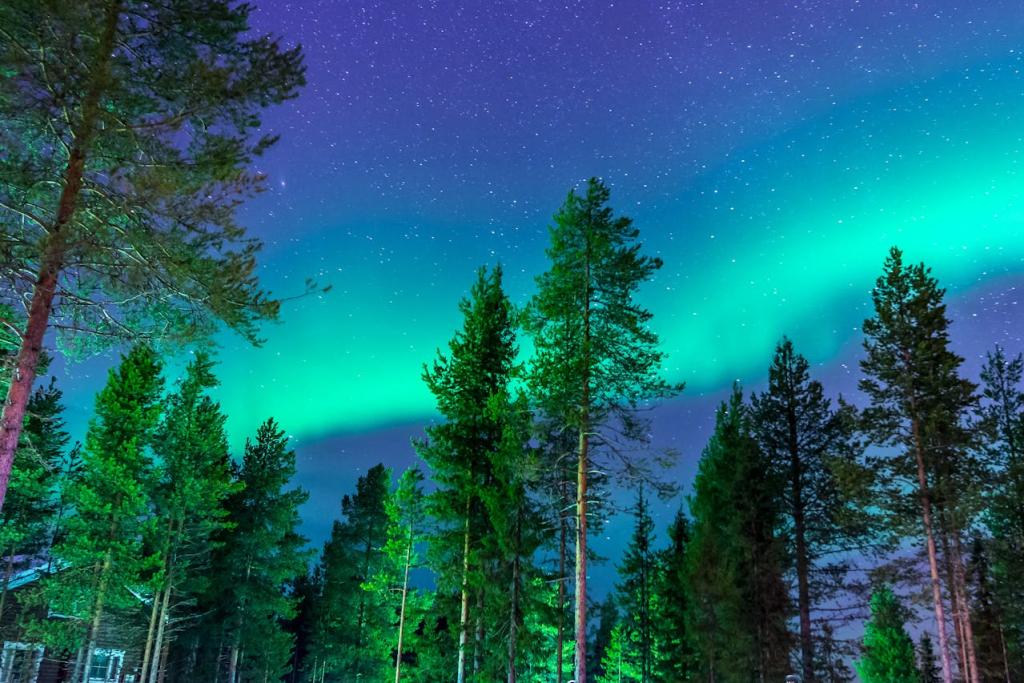
This one is for lake homeowners in the northern U.S. You likely won’t see the Northern Lights directly from your patio, but many of our markets with listings are close to parks where this sky phenomenon is visible. For instance, stargazers have witnessed the aurora borealis in the Panhandle National Forest in Idaho, Acadia National Park in Maine, and Headlands International Dark Sky Park in Michigan. If you’re lucky enough to witness this beautiful sky phenomenon, in which Earth’s gases collide with sun particles, your photos won’t do justice to its magnificence.
If you can’t see every sky phenomenon at your lake house, no need to worry. There are plenty of ways to tackle light pollution in your own home to increase visibility. So grab a pair of binoculars and start stargazing!
This article was originally published on November 16, 2020.

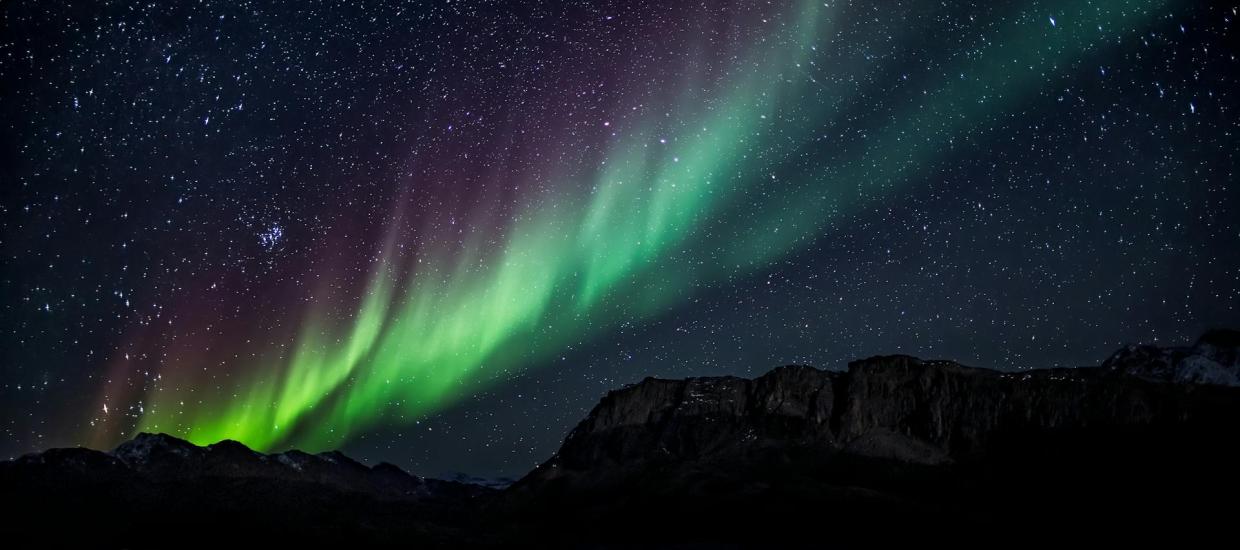

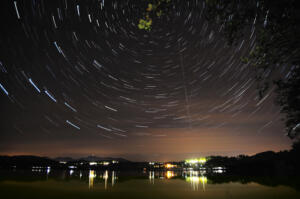 With stargazing you can discover an amazing range of objects in the night sky, from our Moon and planets, to far away galaxies.
With stargazing you can discover an amazing range of objects in the night sky, from our Moon and planets, to far away galaxies.